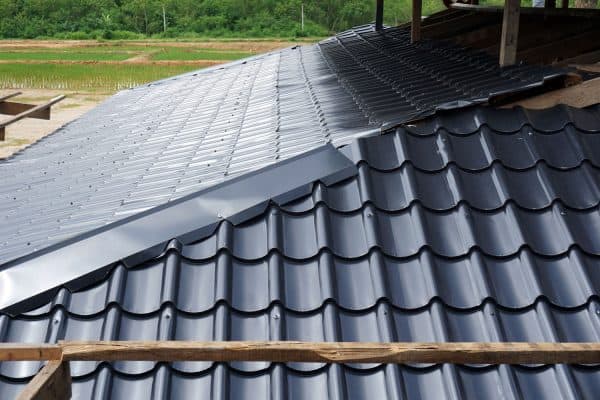Are you in the process of choosing a roofing material for your Florida home and wondering whether metal roofs or shingles are the better option?
Both metal roofs and shingles have their unique advantages and disadvantages, and it's essential to understand them before making a decision.
Metal roofs are known for their durability, energy efficiency, and long lifespan, while shingles are a cost-effective and easy-to-install option with a wide variety of styles and colors.
In this article, we'll compare the pros and cons of each to help you make an informed decision for your Florida home.
Metal Roof vs. Shingles: Overview
Here is a quick overview of metal roofs vs. shingles.
Metal Roofs in Hot Climate
Metal roofs are a popular choice for homeowners in Florida and other hot climates because of their durability, energy efficiency, and long lifespan.
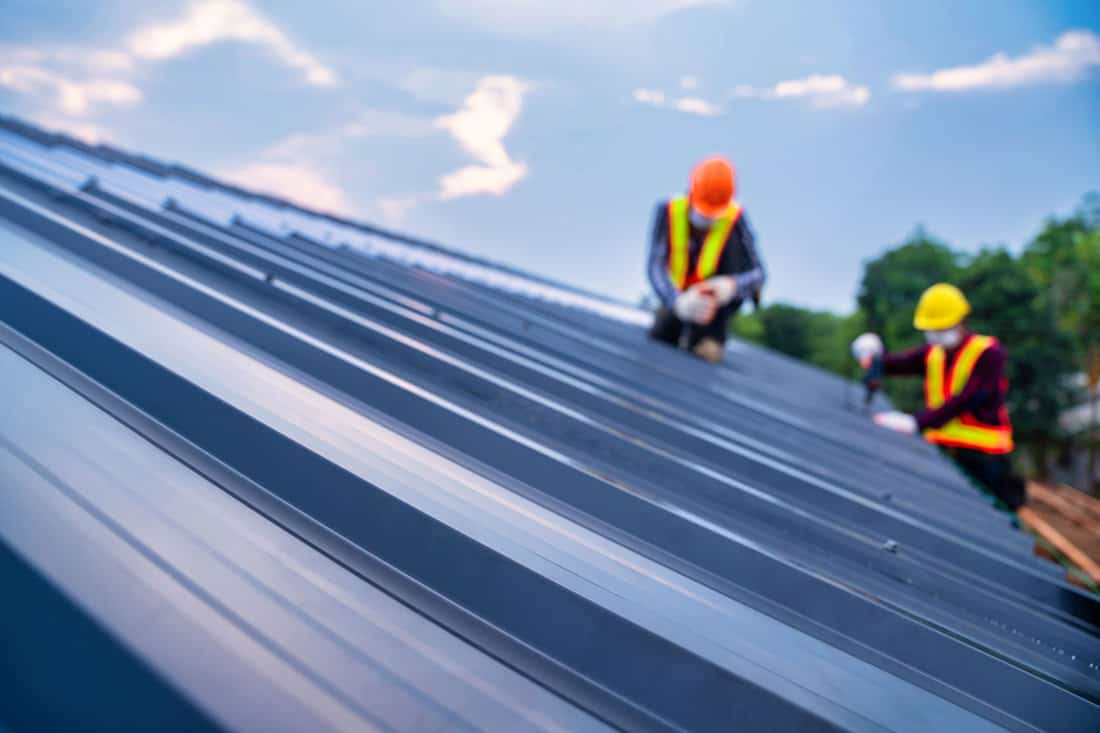
These roofs are made from various metal materials, including steel, aluminum, and copper.
One of the key advantages of metal roofs is their ability to reflect the sun's heat, keeping your home cooler and reducing your energy consumption.
These lighter colors can significantly lower the temperature of your roof compared to darker-colored asphalt shingle roofs.
Shingles in Hot Climate
Shingles are a popular roofing material, commonly made from asphalt.
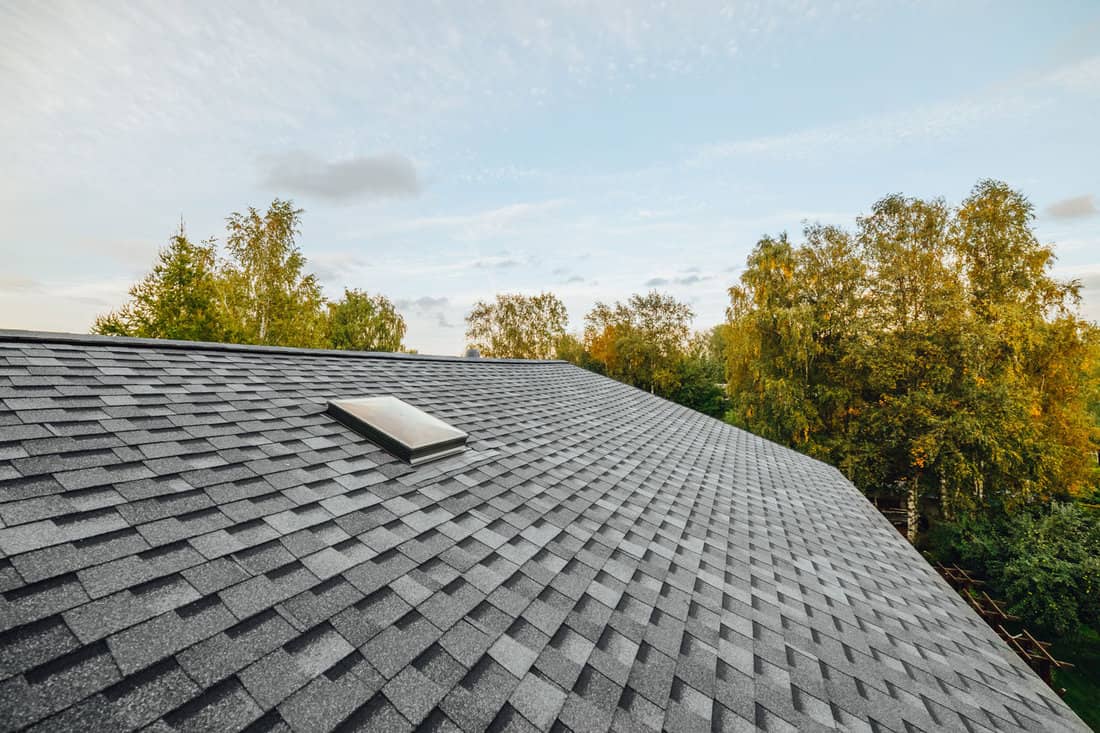
We may include affiliate links and curated AI content to highlight top design styles.
They're known for being cost-effective and easy to install, making them the go-to choice for many homeowners across the U.S.
In hot climates like Florida, shingles provide decent protection against the elements, but they may not be the most durable or energy-efficient option.
In very hot and sunny conditions, the granular surface of shingles may not reflect sunlight as effectively as metal roofs, leading to higher cooling costs.
Be sure to read: How To Stagger Architectural Shingles For Your Roof
Pros and Cons of Metal Roofs vs. Shingles in Florida
Below are the pros and cons you need to know when choosing between metal roofs and shingles in Florida.

Pros and Cons of Metal Roofs in Florida
Pros:
- Long lifespan: Metal roofs can last 50 years or more with little maintenance, depending on the material.
- Energy efficiency: Metal roofs reflect sunlight, keeping your home cooler and potentially lowering your energy costs.
- Storm resistance: Metal roofing can withstand heavy winds and rain, providing an added layer of protection during Florida's hurricane season.
Cons:
- Higher upfront cost: Metal roofs can be more expensive to install than shingles.
- Noise: Metal roofing can be louder during rainstorms and hail, which may bother some homeowners.
- Limited options: While metal roofs come in various colors and styles, the options are not as diverse as with shingles.
Pros and Cons of Shingles in Florida
Pros:
- Lower cost: Shingles are usually more affordable to install than metal roofing.
- Easy installation: Shingles are quick and easy to install, leading to lower labor costs.
- Versatility: Shingle roofs come in a wide variety of styles and colors to suit any home.
Cons:
- Shorter lifespan: Shingles typically last around 20-30 years in Florida's hot climate, compared to metal roofs that can last 50 years or more.
- Less energy efficient: Shingles tend to absorb more heat, potentially increasing your cooling costs during hot summer months.
- Greater hurricane vulnerability: Shingle roofs may not hold up as well during Florida's storm season, potentially leading to expensive repairs.
Key Differences of Metal Roofs vs. Shingles in Florida
Heat Reflection
Metal roofs excel at reflecting heat due to their reflective coatings and shiny surface.
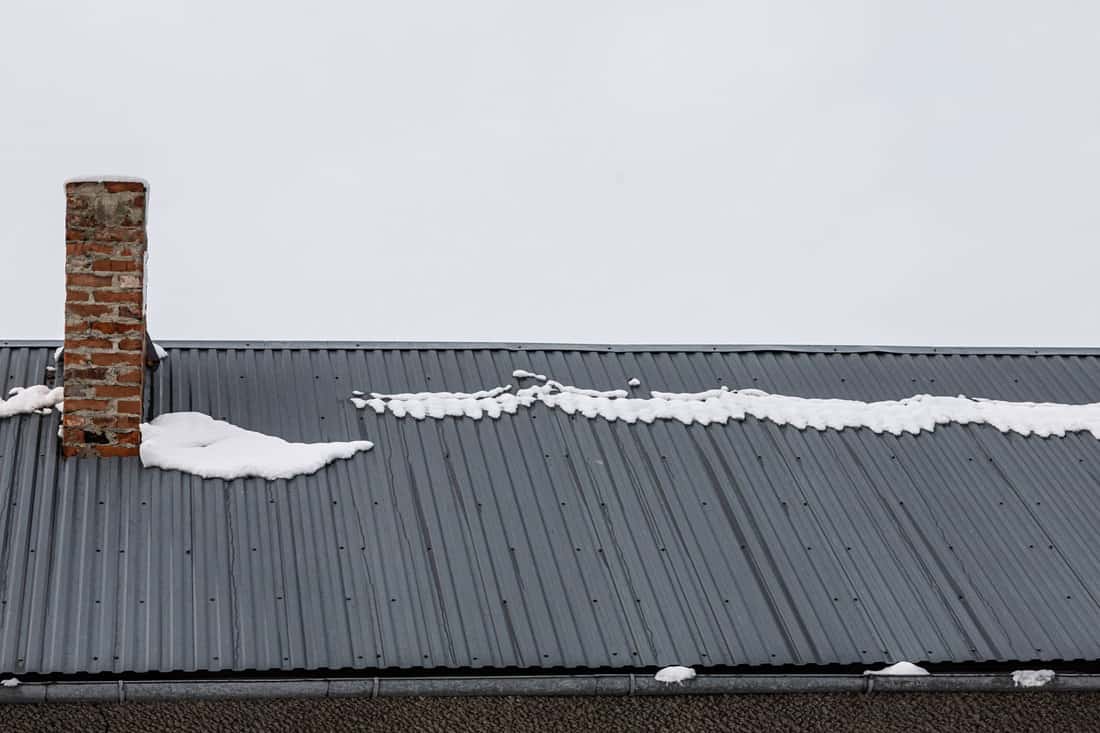
The heat-reflective ability of metal roofs keeps your home cooler in hot climates like Florida, reducing the need for air conditioning.
In contrast, shingles tend to absorb heat, making your home warmer and using more energy to maintain a comfortable indoor temperature.
Lifespan & Durability
In general, metal roofs are known for their longevity and durability.
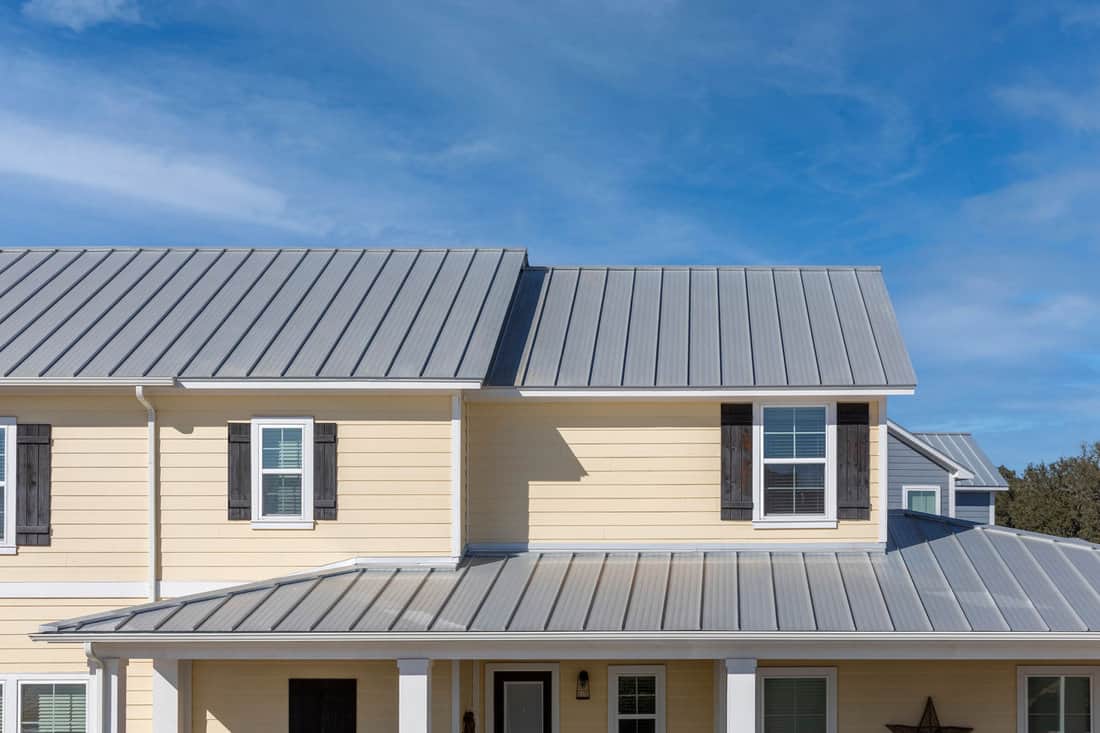
They can last up to 50 years or more with minimal maintenance, making them an excellent choice for homeowners who want a long-lasting roofing solution.
On the other hand, traditional shingle roofs have a shorter lifespan of 20 to 30 years and may require frequent repairs or replacements due to Florida's harsh weather.
Energy Efficiency
Metal roofs contribute to better energy efficiency in your home, especially in hot climates like Florida.
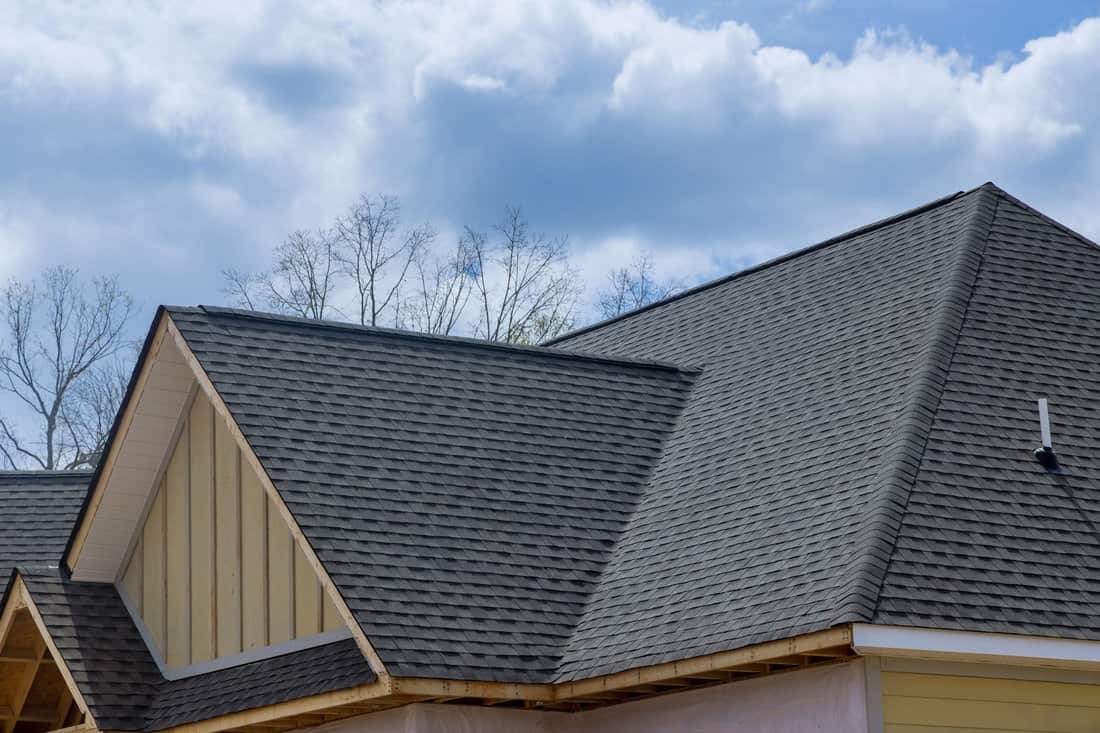
The heat reflection and insulating properties of metal roofs help reduce your home's cooling costs.
Shingle roofs, as mentioned earlier, absorb more heat, resulting in higher energy consumption to cool down your home interiors.
Upfront Cost
When it comes to initial costs, shingle roofs often have a lower price tag, costing $7,000 to $10,000.

In comparison, metal roofs typically have higher upfront costs. Depending on the material, you can spend between $12,000 to $20,000.
However, considering the long lifespan and lower maintenance costs of metal roofs, they can be a more economical choice in the long run.
Maintenance And Care
Metal roofs require minimal maintenance, which is attractive to many homeowners.
They are resistant to mold, mildew, and other issues that can plague shingle roofs in Florida's hot and humid climate.
Shingle roofs, however, require regular inspections and maintenance to ensure their longevity and performance.
Related article: How To Clean a Metal Roof From the Ground
Resistance to Weather
Metal roofs are wind-resistant and can withstand Florida's frequent hurricanes and storms.
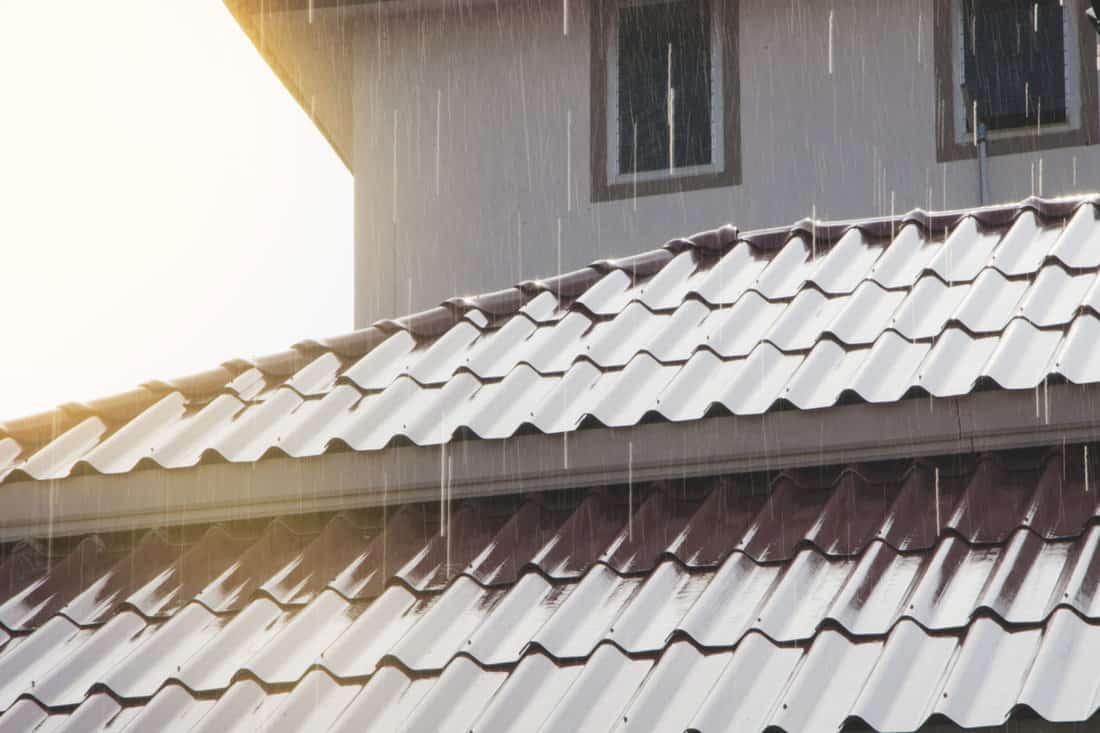
They are also fire-resistant, making them a safer choice for homes in regions at risk of wildfires.
Shingle roofs are more susceptible to damage from wind, hail, and other extreme weather conditions.
How Hot Does a Metal Roof Get in Summer?
Metal roofs do not get as hot as you might think in the summer.
In fact, metal roofs can actually help keep your home up to 50°F cooler by reflecting solar heat, lessening the amount of heat absorbed into your home's structure.
You might also like: What is the Best Roof Coating for a Metal Roof?
Are Florida Homeowners Switching to Metal Roofing?
Yes. Florida homeowners are switching to metal roofing - and for several reasons.
Firstly, metal roofs are incredibly durable and can withstand the harsh climate conditions of Florida, including high humidity, frequent storms, and intense heat.
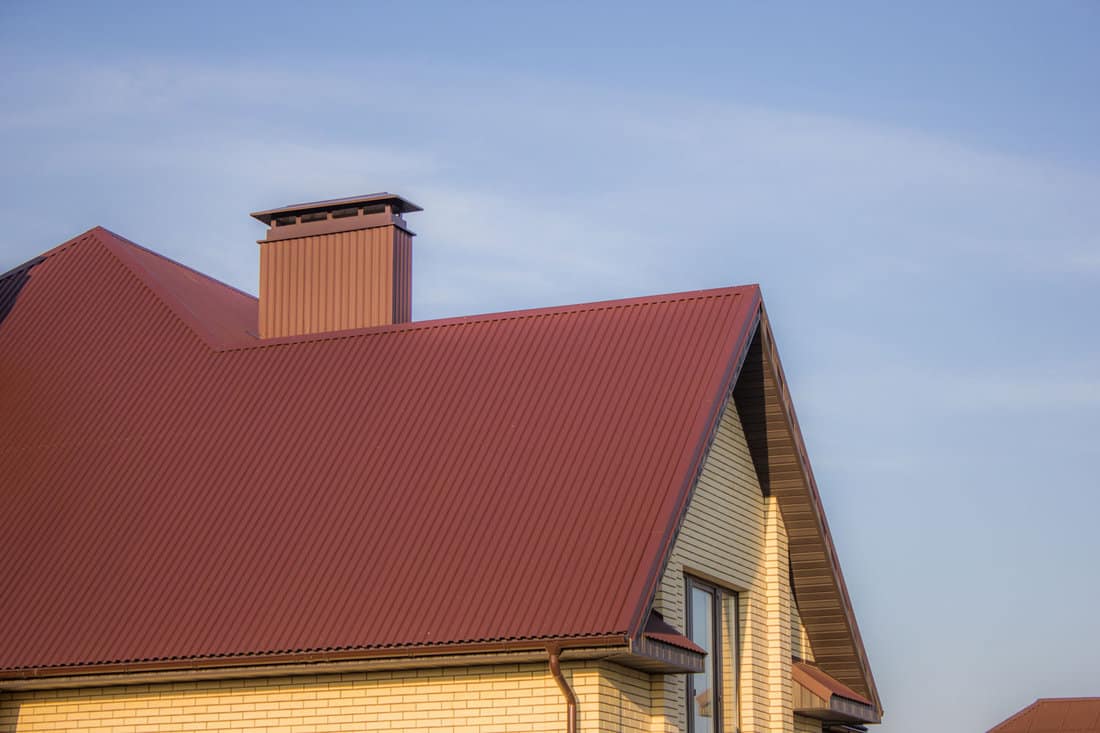
They are also resistant to damage from pests, such as termites, and are fire-resistant.
Secondly, metal roofs are energy-efficient, reflecting sunlight and reducing heat transfer into the home, which can help lower energy bills.
Best of all, metal roofs have a longer lifespan than traditional asphalt shingles, lasting up to 50 years or more.
So, Should You Choose Metal Roofs or Shingles in Florida?
Now that we've discussed the pros and cons of metal roofs and shingles in Florida, it's time to make a decision.
While both options have their own set of benefits and drawbacks, metal roofs seem to be the best choice for hot climate regions like Florida.
Their durability, energy efficiency, and longer lifespan make them a better choice than shingles.
Although they have a higher initial cost, metal roofs tend to require less maintenance and, therefore, can save you money in the long run.
Feel free to share your opinions and experiences or ask any questions to help make up your mind.

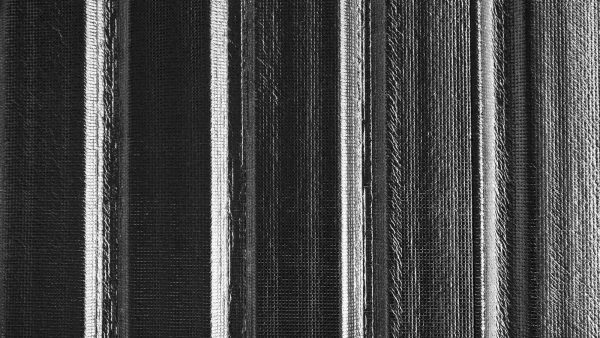
![Get Your Roof Ready: How to Apply Aluminum Roof Coating [Step by Step Guide]](https://homedecorbliss.com/wp-content/uploads/2023/08/shutterstock_1624204837-600x400.jpg)
